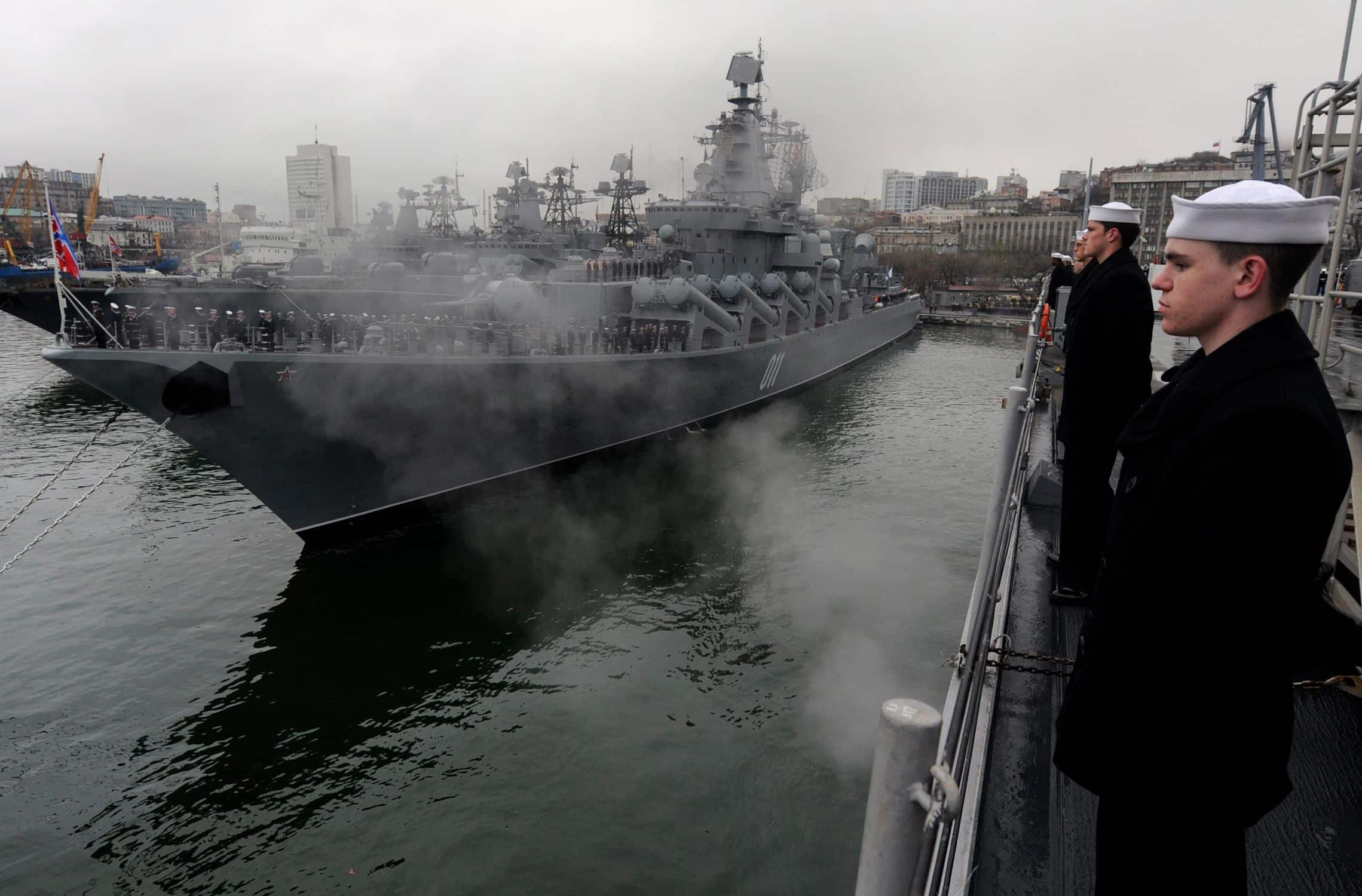Britain’s top naval officer, Adm. Sir Ben Key, commented on the shifting landscape of naval warfare after Ukraine successfully destroyed a Russian submarine. Citing advances in unmanned vessels and automation, Key paralleled the present-day naval transition to the “dreadnought moment” of the early 1900s. He emphasized the importance of understanding and adapting to these changes, especially in light of Ukraine’s effective use of drones and uncrewed vessels in their conflict with Russia.
Key Points:
- Adm. Sir Ben Key described the evolving landscape of naval warfare as a “dreadnought moment”, reflecting significant advances in propulsion, gunnery, and armor that transformed naval strategies in the 1900s.
- Ukraine’s successful strikes on Russia’s Black Sea fleet utilized missiles and explosive-laden unmanned vessels, underscoring the need for navies to reconsider both offensive and defensive strategies.
- The Royal Navy’s First Sea Lord, in addressing Britain’s naval progress, mentioned the development of the European unmanned submarine, Cetus, and experiments with uncrewed air systems.
- Following losses in their navy, Ukraine achieved multiple victories against Russia using advanced technologies, including sinking ships with Neptune and Harpoon missiles, and damaging structures and vessels with naval drones like the “Sea Baby”.
- Ukrainian drones, like the Magura V5 unmanned vessel, are produced quickly using commercial technology, offering both cost-effective solutions and potential vulnerabilities, such as the reliance on commercial satellite technology like Starlink, which has limitations and can be jammed.






